Search Images
Browse Content (p. 1286)
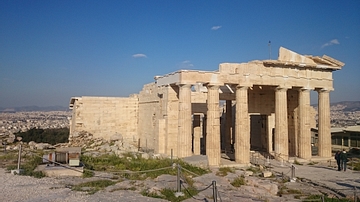
Image
Propylaea - The Entrance to the Acropolis
View from inside the Rock of the Acropolis.
Construction: 437-432 BCE
Location: Acropolis, Athens, Greece
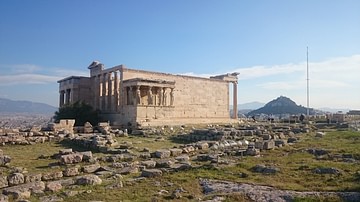
Image
Erechtheion - Acropolis, Athens
The Erechtheion with its Caryatids.
Construction: 421-406 BCE
Location: Acropolis, Athens, Greece
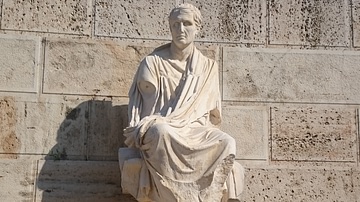
Image
Statue of Menander
The statue of one of the most important dramatists of the ancient world, Menander.
342-290 BCE
Location: Acropolis, Athens, Greece
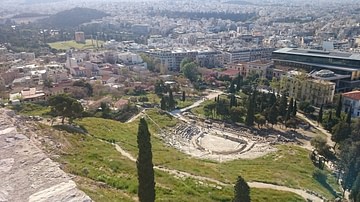
Image
Theatre of Dionysus - Acropolis, Athens
A few things are visible in this picture. The theatre of Dionysus Eleuthereus: Construction: 6th-4th century BCE The temple of Olympian Zeus to the left: Construction: 2nd century CE The Panathenaic Stadium to the far left: Construction...
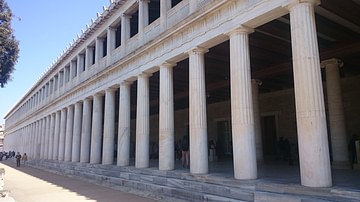
Image
Stoa of Attalos, Athens
Modern r-construction of the original Stoa of Attalos, 159-138 BCE, Athens.
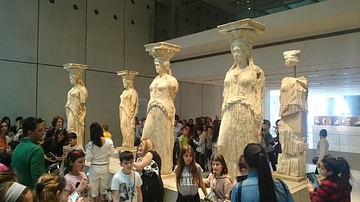
Image
Erechtheion Caryatids
The original caryatids of the Erechtheion, standing inside the museum of Acropolis.
Construction: 421-406 BCE
Location: Museum of Acropolis, Athens, Greece
![The Parthenon [Rear View]](https://www.worldhistory.org/img/c/p/360x202/6800.jpg?v=1732959733)
Image
The Parthenon [Rear View]
The iconic Temple of Athena Virgin, the Parthenon.
Construction: 447-432 BCE
Location: Acropolis, Athens, Greece

Image
Agora of Athens and the Temple of Hephaestus
The Agora of Athens and the Temple of Hephaistos. Founded 6th century BCE
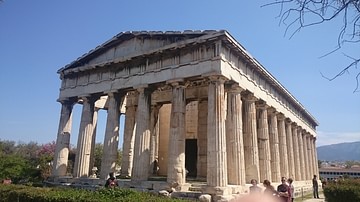
Image
Temple of Hephaestus
The Temple of Hephaistos, Agora of Athens. Construction: 449-416 BCE.
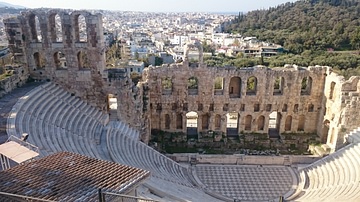
Image
Stage, Theatre of Herod Atticus
View of the Theatre of Herod Atticus from the top tier. Construction completed: 161 CE
Location: Athens, Greece.